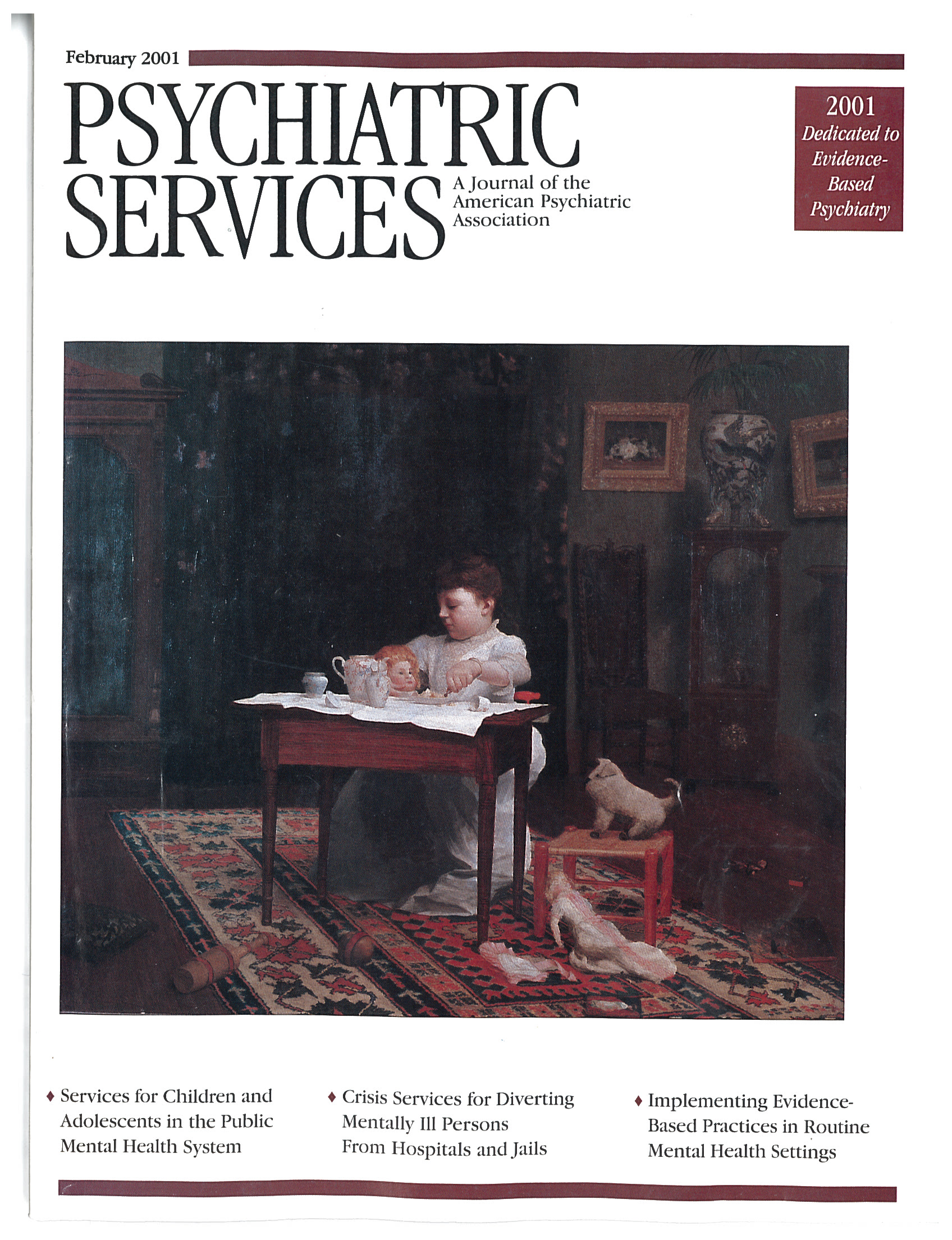When I first saw this book, I wanted to review it because I thought it would be a concise explanation of psychoneuroimmunology; it would complement the tome by Ader and associates (
1) that I own. However, the editors state in the introduction that they hope their book "exemplifies an intensive focus on the psychoneuroimmunology of one specific disease process"—and that is what they give you: an intensive focus on the research on this topic in cancer and HIV-AIDS. Given the book's title, which implied that I would learn about how stress, mental disorders, and health are related to psychoneuroimmunology, I felt deceived.
The book does in fact go into significant detail about how psychological states affect the disease process in patients with cancer and with HIV-AIDS. However, I thought greater detail in neuroanatomy and neurochemistry should have been included. Some consideration is given to these areas, but not enough that someone who was not already an expert in psychoneuroimmunology would find it clear. I have some knowledge of the subject but found myself asking all too often, "How does this all really fit together?" Instead the book provides more coverage of how to set up a research project in psychoneuroimmunology and how certain psychosocial factors may modulate the immune system. Such narrow detail might be necessary to adequately convey the research, but without more background, this book cannot properly target the general reader.
The book appears to be aimed at those who are currently working in the field of psychoneuroimmunology. In addition, it tends to focus more on intervention and how to prove that there is a relationship between the intervention, the outcome, and the immune system and not on teaching general principles about psychoneuroimmunology. Thus this book is not for people who want to learn what psychoneuroimmunology is about. It is not even for people who are interested in other aspects of the topic, such as those who may wonder how immune disorders affect the brain. Rather, it is for people interested in research about psychoneuroimmunology and cancer or HIV-AIDS or who are studying stress or mood and how they interact with cancer and HIV-AIDS.
The book is good at what it does. It presents copious data on psychoneuroimmunology research, and in doing so it presents positive and negative studies, so the authors appear unbiased. The authors present clear rationales and descriptions of their methods and results, so that readers can follow and readily understand what the studies have done. To this end, the editors have done their job well.
I would recommend to the editors that in future editions they include more of the cellular anatomy and neuroanatomy related to the psychoneuroimmune process. By discussing this area, they would have access to a much broader audience than this book allows given the level of knowledge about the immune system expected of readers, and it would make their findings more understandable.

